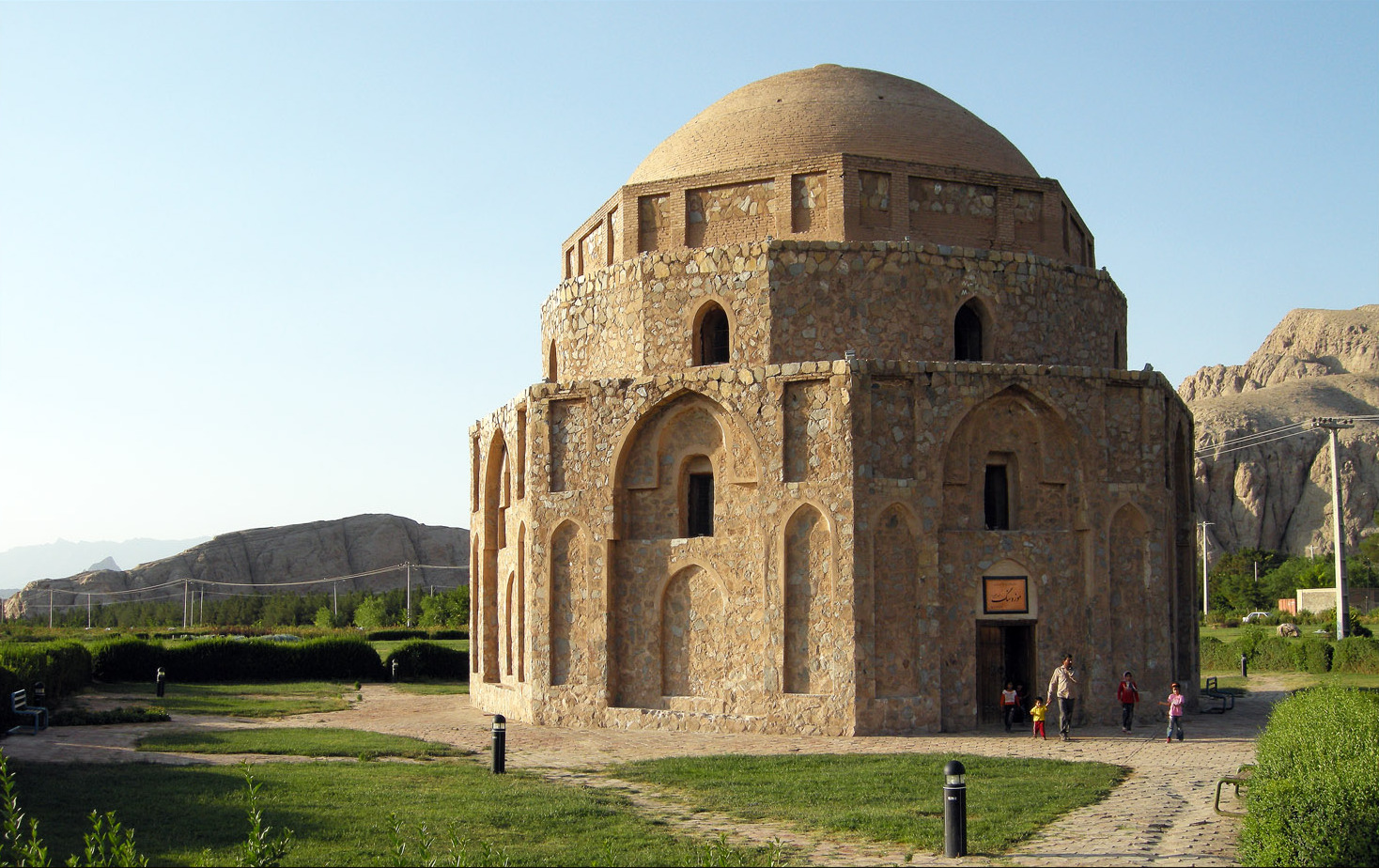By David Jacobson, Temblor

At 12:41 a.m. local time, a M=6.0 earthquake struck eastern Iran near the city of Kerman, which is home to over 800,000 people. From the USGS ShakeMap, severe shaking was felt near the epicenter, while in Kerman, only light shaking would have been experienced. This M=6.0 was then followed, eight minutes later, by a M=5.0 aftershock. These quakes come about 13 hours after a M=5.9 earthquake hit less than 10 km to the southeast. Additionally, 12 days ago, a M=6 earthquake, also to the southeast, damaged buildings in the region. That earthquake can be read about here. So far, there are no reports of damage, though based on the USGS PAGER system, damage should remain minimal. This is also likely because the area is mountainous and not densely-populated. However, due to building construction in the in the region, some structures could have collapsed.

Due on the location of the two M=5.9+ quakes in the last day, they can be considered aftershocks of the M=6.0 on December 1. In addition to these large earthquakes in eastern Iran, the country was also damaged by a M=7.3 quake on the western border with Iraq. To read about that earthquake in November, click here.
Based on today’s earthquake’s location, we expect it to be compressional in nature. This compression is related to the collision of the Arabian and Eurasian plates. Because of this collision, earthquakes are common, and should not be considered surprising. In fact, the Global Earthquake Activity Rate (GEAR) model, which is available in Temblor shows that this part of eastern Iran is susceptible to much larger quakes. The model, shown below, uses global strain rates and the last 40 years of seismicity to estimate the likely earthquake magnitude in your lifetime anywhere on earth. From the model, one can see that in this region, M=6.75+ earthquakes are possible.
Should new information come in, we will update this post.

- Beware quiet segments of the Philippine Fault - May 16, 2025
-
ډیری عوامل افغاني ټولنې د زلزلې پر وړاندې زیانمنوي
- August 11, 2022 - What’s happening this week in Humboldt County, California: The squeeze - February 6, 2019
